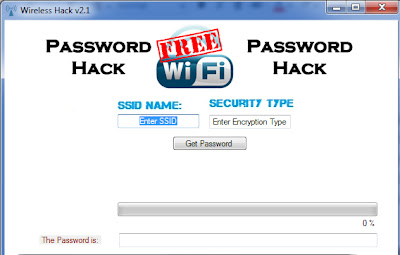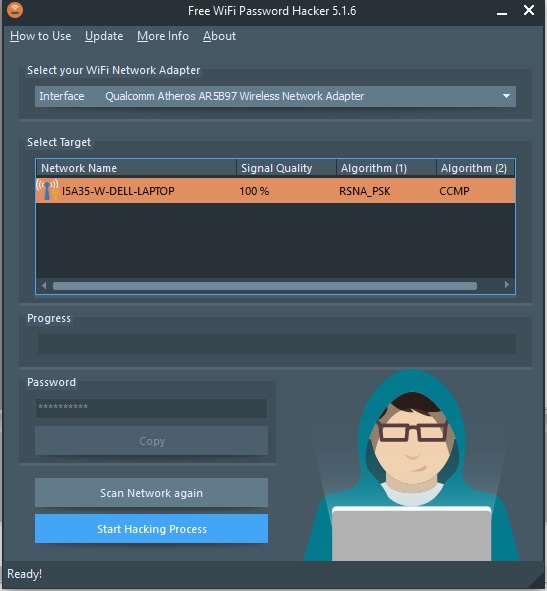
The template file consists of sample output.
#Local wifi password finder windows#
Here is a post on the Windows PowerShell Blog that explains how ConvertFrom-String works: ConvertFrom-String: Example-based text parsing. This cmdlet has a lot of functionality but the feature that I think is totally awesome is the ability to parse text based off a template file. In WMF 5.0, the ConvertFrom-String was introduced.
#Local wifi password finder code#
This code is a simple example of getting the wireless profile password that will work in WMF 3.0 and newer. I need to repeat the same process to get the password and then return this data in an object. Īs you can see in this example, I now have the SSID. I only want the last element, so I specified the last index in the array with a. This will create an array with two elements. I can then parse each search the same way by using the split method and split on the colon ( : ). Then I could pass that variable to Select-String once to search for SSID Name, and pass the variable a second time to Select-String to search for Key Content. At this point, I’m confident that I could easily get the SSID name and password or key content by running the netsh.exe command and storing the output in a variable. The only data I’m concerned with are the lines that contain SSID Name and Key Content. Here is the example output from this command: Netsh.exe wlan show profiles name=’Profile Name’ key=clear

To get the password for a wireless network, the nestsh.exe syntax is as follows: The first thing that comes to mind is to use the Select-String cmdlet. To make this useful in PowerShell, I would have to parse the text to retrieve the wanted data and return a usable object. I know from experience that netsh.exe will give me this data, but executables return text. In Windows 8, that was removed, and it has not yet returned. What do you do? In Windows 7, you could easily get that from a viewable preferred wireless network list.

This could be the wireless network at your house or a hotspot. You are somewhere, anywhere, and a friend of yours asks you for the password to a wireless network. Jason is an Office 365 deployment consultant, who assists customers in the public sector arena. Today I'm turning over the keyboard to Jason Walker. Summary: Jason Walker explores using Windows PowerShell to get the SSID and password for a wireless network.Įd Wilson, Microsoft Scripting Guy is here.


 0 kommentar(er)
0 kommentar(er)
